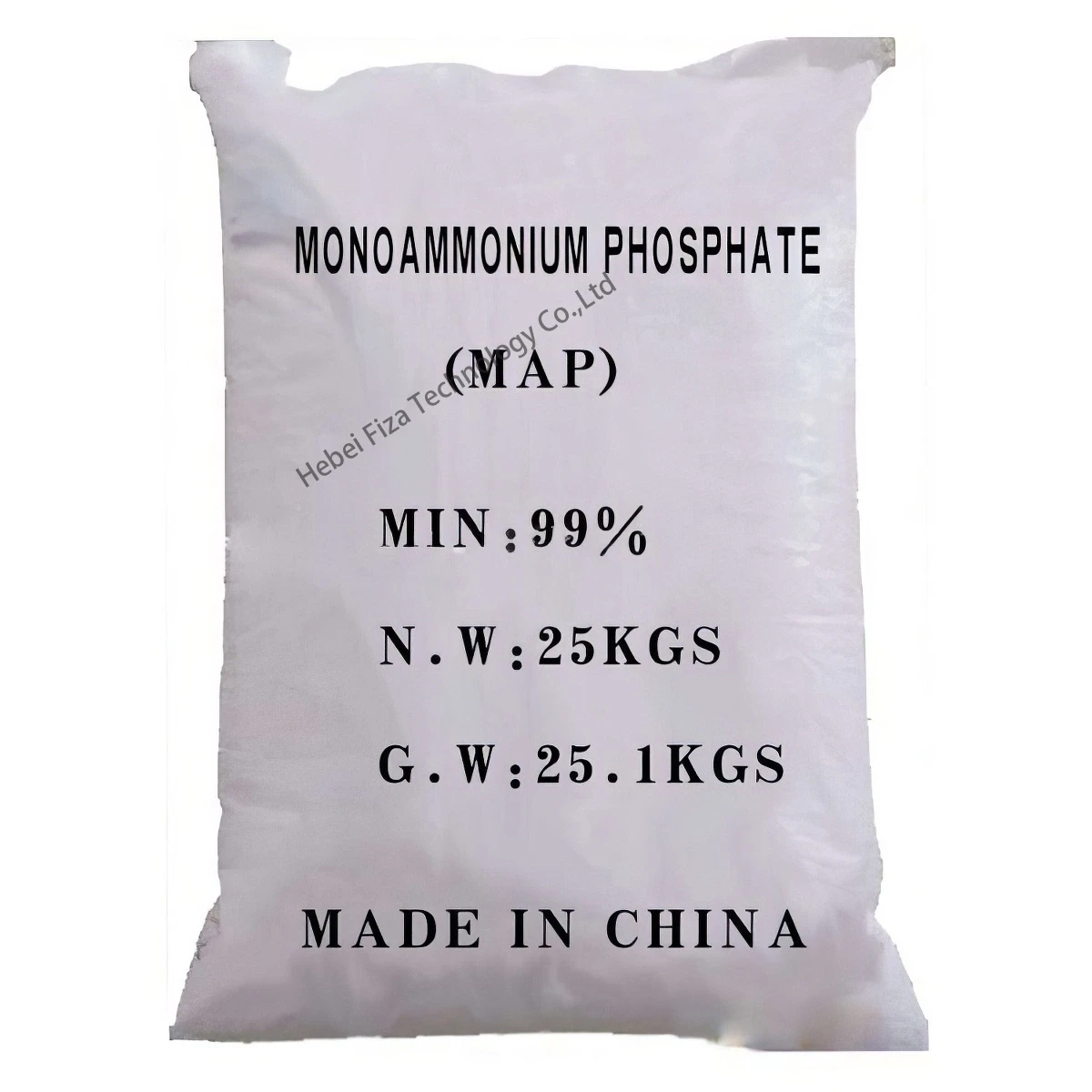



Chemicals Commonly Used for Water Treatment Processes and Their Applications
Chemicals Used to Treat Water Ensuring Safe and Clean Water Supply
Water is an essential resource for life, and its quality is vital for human health and the environment. To ensure that water is safe for consumption and use, various chemicals are employed in the water treatment process. These chemicals help remove impurities, kill harmful microorganisms, and mitigate unpleasant tastes and odors. In this article, we will explore some of the primary chemicals used in water treatment and their roles in providing clean drinking water.
1. Chlorine One of the most common chemicals used in water treatment is chlorine. Chlorine is a powerful disinfectant that effectively kills bacteria, viruses, and other pathogens that can cause waterborne diseases. It is typically added to water supplies in two forms chlorine gas and sodium hypochlorite (liquid bleach). Chlorine not only disinfects but also provides residual protection, meaning it remains in the water as it travels through pipes to consumers, helping to ensure that any contaminants introduced later are also neutralized.
2. Chloramines Chloramines, formed by combining chlorine with ammonia, are another disinfectant used in water treatment. They are often employed as an alternative to chlorine because they produce fewer disinfection by-products. Chloramines have a longer-lasting residual effect in the distribution system, making them a preferred choice in some municipalities. However, it is important to monitor their levels carefully, as they can be harmful at high concentrations.
3. Coagulants Coagulation is a crucial step in the water treatment process where coagulants are added to help remove suspended particles and impurities. Aluminum sulfate (alum) and ferric chloride are commonly used coagulants. These substances bind with small particles, forming larger aggregates called flocs, which can then be removed through sedimentation or filtration. This process not only clarifies the water but also reduces the concentration of pathogens and organic material.
what chemicals are used to treat water

4. Flocculants In addition to coagulants, flocculants can enhance the coagulation process. These are typically long-chain polymers that help the flocs to clump together more effectively, facilitating their removal from the water. The combined use of coagulants and flocculants significantly improves the efficiency of water treatment plants.
5. pH Adjusters Maintaining the appropriate pH level is crucial for effective water treatment. Chemicals such as sodium hydroxide (caustic soda) and sulfuric acid are used to adjust the pH of the water. A neutral pH (around 7) helps in optimizing the performance of disinfectants and reduces the corrosiveness of the water, thereby protecting the distribution infrastructure.
6. Ozone Ozone is a powerful oxidizing agent used not only for disinfection but also for removing color, taste, and odor from water. It is generated on-site and added to water in controlled quantities. Ozone treatment has the advantage of breaking down organic materials and can be more effective than chlorine in certain situations. However, since ozone decomposes quickly, it does not provide a residual effect, necessitating additional treatment methods to maintain water quality throughout distribution.
7. Activated Carbon Activated carbon is utilized in both granular and powdered forms for removing organic substances, chlorine, and other contaminants from water. Its highly porous structure allows it to adsorb impurities, improving the taste and odor of treated water. Activated carbon filters are commonly used in both municipal treatment facilities and individual household systems.
Conclusion The treatment of water is a complex process that involves a combination of various chemicals to ensure safety and quality. From disinfectants like chlorine and chloramines to coagulants, flocculants, and pH adjusters, each chemical plays a critical role in removing impurities and pathogens. As advancements in technology and water treatment methods continue to evolve, the focus remains on optimizing these chemicals for effective water treatment while minimizing potential health risks. By understanding these chemical processes, we can appreciate the efforts made to provide safe and clean water for all.
-
Why Sodium Persulfate Is Everywhere NowNewsJul.07,2025
-
Why Polyacrylamide Is in High DemandNewsJul.07,2025
-
Understanding Paint Chemicals and Their ApplicationsNewsJul.07,2025
-
Smart Use Of Mining ChemicalsNewsJul.07,2025
-
Practical Uses of Potassium MonopersulfateNewsJul.07,2025
-
Agrochemicals In Real FarmingNewsJul.07,2025
-
Sodium Chlorite Hot UsesNewsJul.01,2025










